Does Composite Decking Fade Over Time? A Complete Guide for Builders and Designers
This is a valid concern! Fading can impact the overall aesthetic and perceived value of an outdoor space. Let’s dive into the truth about composite decking and fading.
Yes, all composite decking fades due to UV exposure, but high-quality capped boards (e.g., Ecoxplank Capped) fade only 1-2% annually, vs 5% for uncapped. UV inhibitors and sealants can reduce fading by 70-90%.
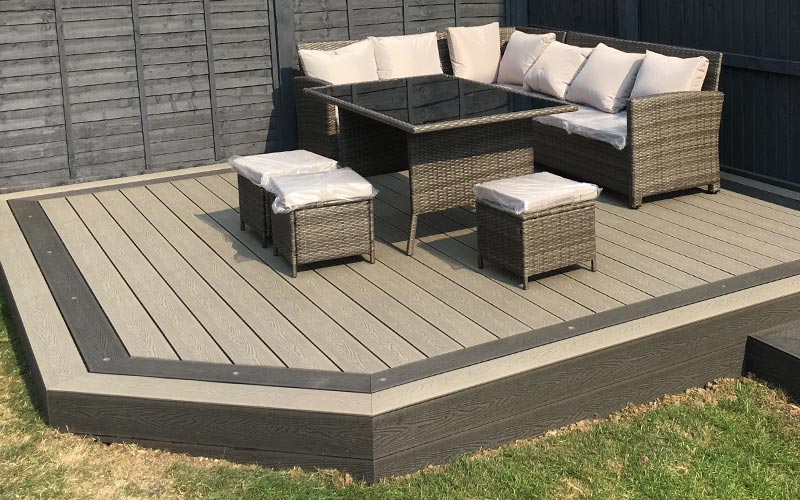
The Short Answer: Yes, But Here’s Why & How to Control It
Nobody wants a deck that looks old before its time. The fear of investing in a deck that quickly loses its vibrancy is understandable. The good news is, we can manage and minimize fading.
Composite decking fades, but it’s a natural process, much like how wood weathers. The key is understanding the factors influencing fading and choosing the right product to minimize it.
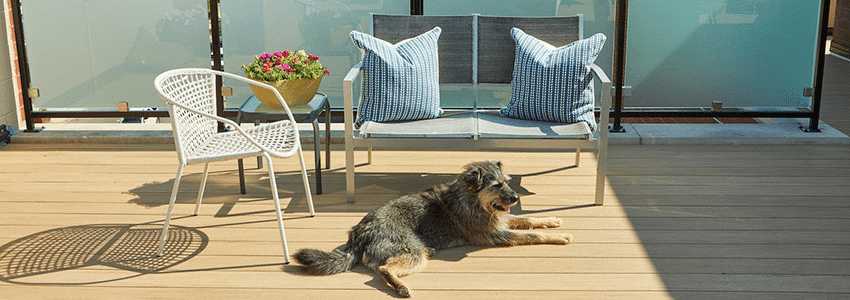
It’s important to remember that all materials exposed to the elements will change over time. Think of it like your favorite pair of jeans – they might fade a bit with washing and wear, but that doesn’t mean they’re not still good jeans! With composite decking, it’s about understanding the degree of fading and managing expectations.
Types of Fading
We can break down fading into three main categories:
| Type of Fading | Description | Expected Change (First 3-6 Months) | Long-Term Change |
|---|---|---|---|
| Extractive Bleeding | Primarily affects uncapped composite decking. Natural oils and tannins in the wood component are washed out by rain and moisture. | 30-40% lighter | Stabilizes after initial period, but slow fading continues. |
| UV Degradation | Affects all materials, including capped composite decking. UV rays break down the chemical bonds in the color pigments. | Minimal in capped decking | Slow, gradual fading over many years. |
| Moisture and chemical | High moisture environment can speed up the fade, and chemical cleaner may damage the surface. | Varies depending on the environment | Damage the surface and texture |
Understanding these distinctions is crucial for choosing the right product and setting realistic expectations with your clients.
Why does Composite Decking Fade?
What actually causes the color change in composite decking? Clients might think it’s a sign of poor quality, but that’s not always the case. Let’s break down the science behind fading.
The primary culprit is UV exposure from sunlight, but weather conditions and the quality of the materials used also play significant roles in how much a composite deck will fade.
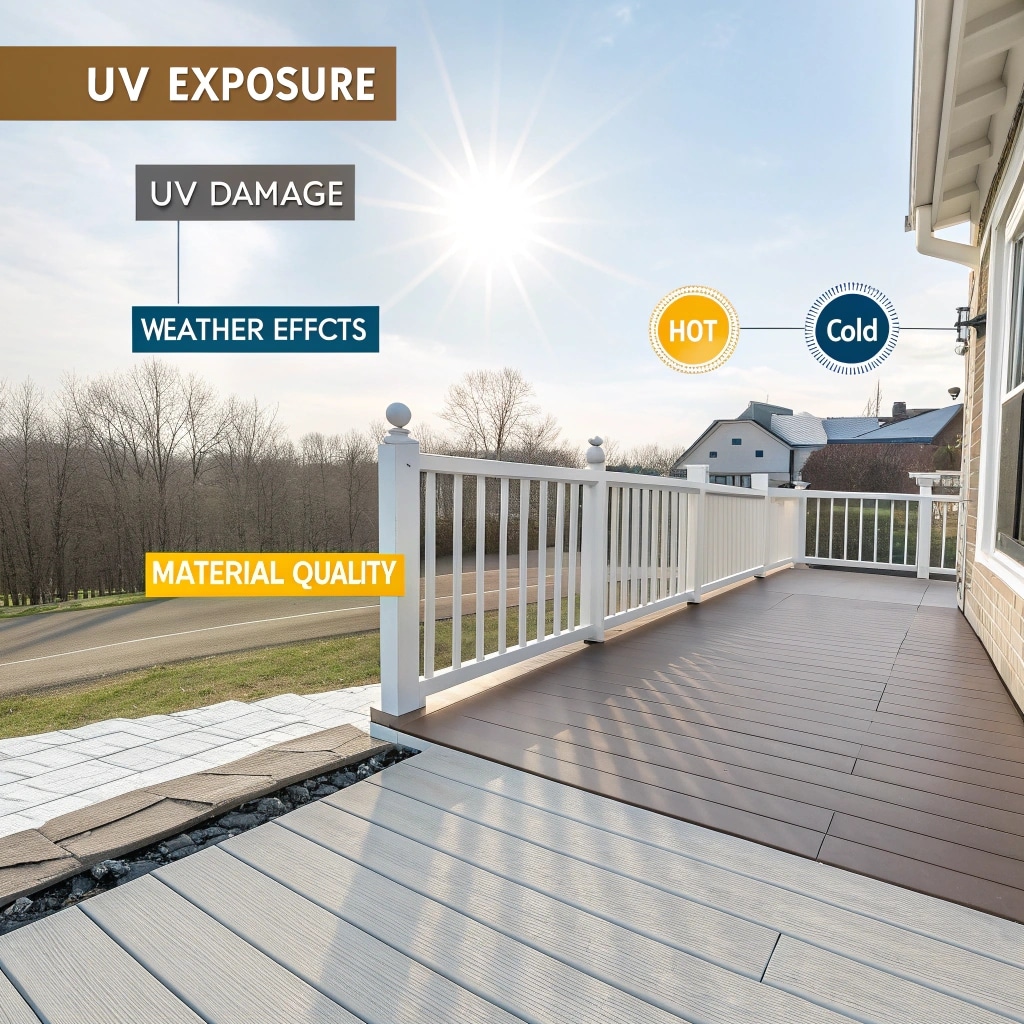
Let’s delve into the specifics:
**UV Exposure[^1] and Its Effects
Think of UV radiation like tiny, invisible hammers constantly pounding on the surface of the deck. These "hammers" break down the chemical bonds in the color pigments, causing them to lighten or change hue. This is a photochemical reaction, and it’s unavoidable to some extent.
Impact of Weather Conditions
It’s not just the sun! Rain, snow, humidity, and even temperature fluctuations can contribute to fading. Moisture can accelerate the extractive bleeding process in uncapped composite decking, while extreme temperature swings can cause expansion and contraction, potentially affecting the surface layer.
Quality of Materials and Fading
This is where your choice of decking makes a huge difference. High-quality composite decking will incorporate UV inhibitors and stabilizers – think of them as "sunscreen" for the deck. These additives significantly slow down the fading process. Cheaper products often skimp on these crucial ingredients, leading to more rapid and noticeable color change.
| Factor | High-Quality Decking | Low-Quality Decking |
|---|---|---|
| UV Inhibitors | High concentration, evenly distributed throughout the material (or cap). | Low concentration or uneven distribution. |
| Pigments | Stable, inorganic pigments that are less susceptible to UV degradation. | Cheaper, organic pigments that fade more quickly. |
| Cap Layer | (If capped) Thick, durable cap with UV protection built-in. | (If capped) Thin, easily damaged cap with little or no UV protection. |
| Core Material | High-quality recycled plastics and wood fibers, properly treated and processed. | Lower-quality recycled materials, potentially with contaminants or inconsistencies. |
Real-World Examples: 5-Year vs 10-Year Fade Comparison
Your clients want to see the difference. Abstract explanations are helpful, but visuals are powerful. They might be skeptical, especially if they’ve had bad experiences with other decking materials. Show them concrete examples.
The difference between a 5-year-old and a 10-year-old composite deck can be subtle, especially with high-quality, capped products. Lower-quality or uncapped decking will show more significant fading.
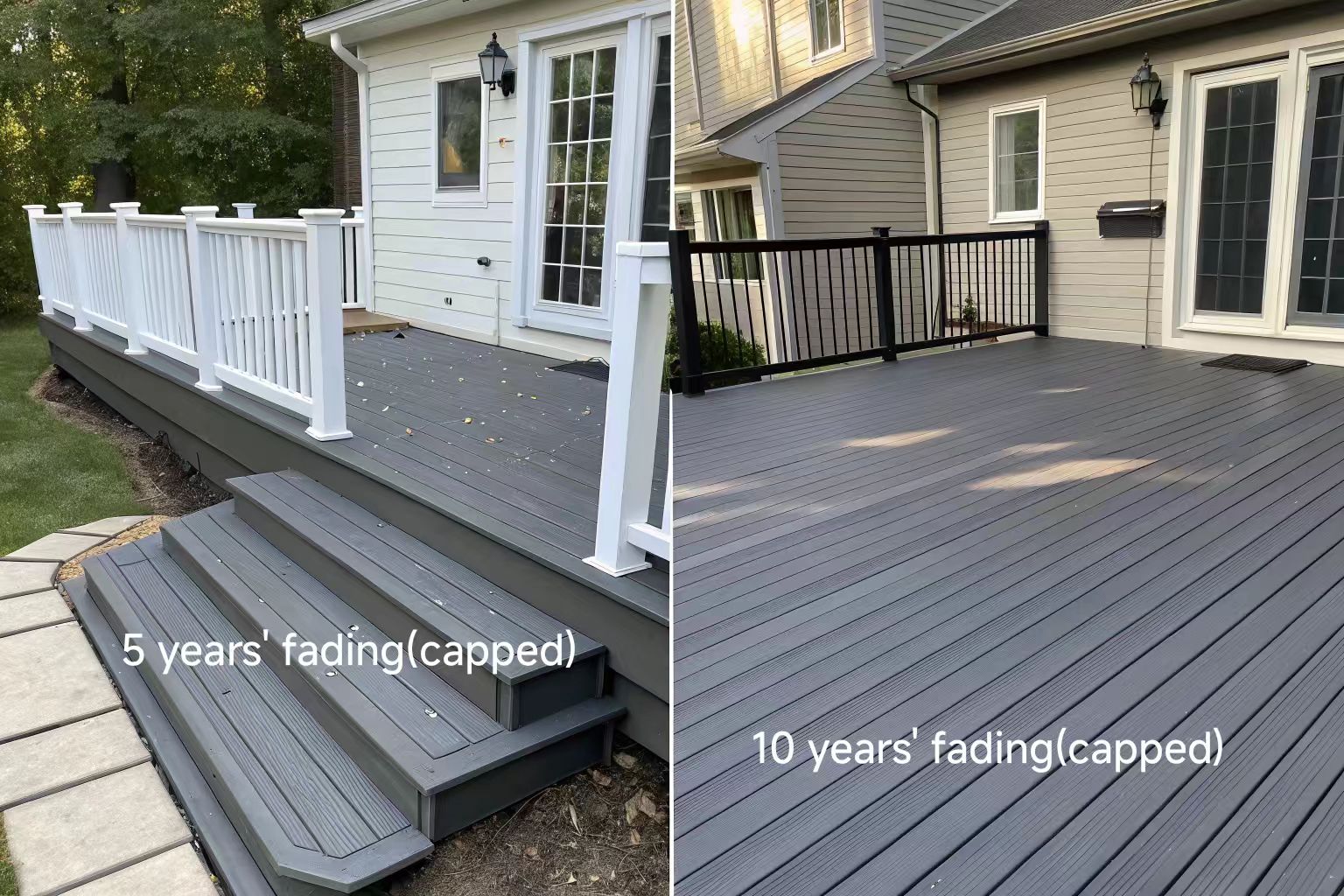
Here’s what you’d want to highlight:
- High-Quality, Capped Decking: At 5 years, there might be a slight lightening of the color, but the overall appearance is still vibrant and attractive. At 10 years, the change is still relatively minor. The texture and integrity of the deck remain excellent.
- Lower-Quality or Uncapped Decking: At 5 years, the fading is much more noticeable. The color may appear washed out or dull. At 10 years, the fading is significant, and the deck may look considerably older than its actual age. The surface might also show signs of wear and tear.
It’s important to emphasize that these are general examples. The specific appearance will depend on the factors we discussed earlier (UV exposure, climate, maintenance, etc.).
6 Proven Strategies to slow Composite Deck Fading
Your Clients want to know what they can do to protect their investment. They’re not just buying a deck; they’re buying an outdoor living space. Provide actionable steps they can take to minimize fading.
You can significantly slow down composite deck fading by choosing high-quality, UV-resistant decking, applying protective coatings, performing regular cleaning, avoiding harsh chemicals, selecting fade-resistant colors, and utilizing shade structures.
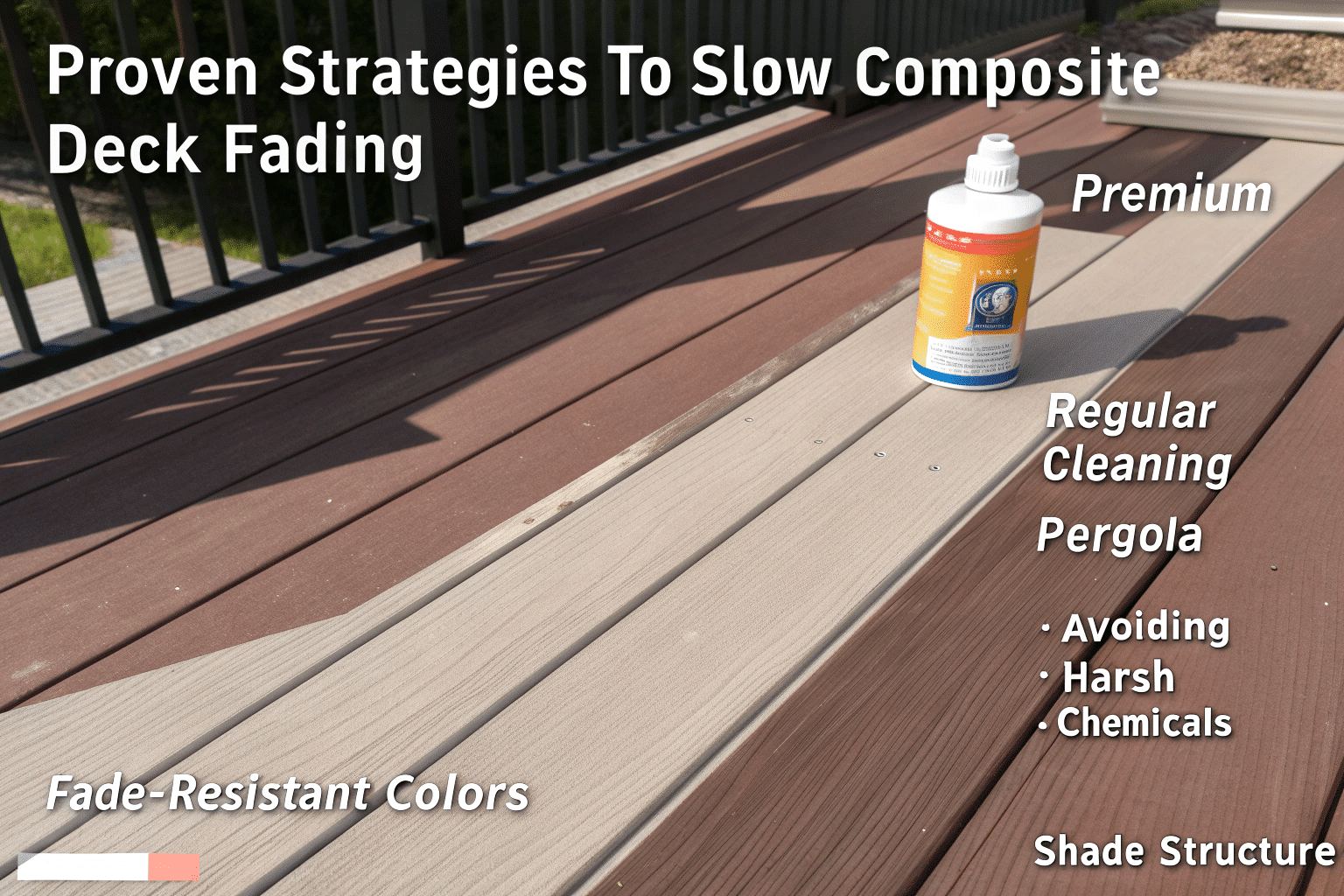
Let’s break down each strategy:
Choose High-Quality UV-Resistant WPC Decking
This is the single most important step. As we discussed, high-quality decking incorporates UV inhibitors and stabilizers that dramatically reduce fading. Capped WPC decking offers the best protection.
Use of UV-Resistant Coatings
While less common with modern, high-quality composites, some older or lower-quality products might benefit from applying a UV-protective sealant. This adds an extra layer of defense against the sun’s rays. However, always check the manufacturer’s recommendations before applying any coating, as it could void the warranty.
Regular Cleaning and Maintenance to Minimize Color Loss
Dirt, debris, and mildew can contribute to fading and staining. Regular cleaning with mild soap and water (or a specialized composite deck cleaner) removes these contaminants and helps preserve the color.
Avoiding Harsh Chemicals to Accelerate Fading
Never use bleach, abrasive cleaners, or solvents on your composite deck. These can damage the surface and accelerate fading.
Choosing Fade-Resistant Colors
Fade-resistant colors depend on pigment and UV protection. 1 2 Dark colors absorb more UV light due to higher pigment levels, fading slower but absorbing more heat. Light colors have less pigment, increasing fading but reducing heat absorption. Light colors often use texture to mask fading, which is less noticeable than on dark colors.
For fade-resistance, choose classic darks (e.g., slate gray, walnut brown) or modern lights (e.g., sand beige, multi-tone driftwood). AVOID pure white (stains, fades), bright colors (unstable pigments), and light yellow/lavender (noticeable fading).
Using Shade Structure (e.g., can reduce UV exposure by up to 75%)
This is a simple but effective strategy. Pergolas, awnings, shade sails, or even strategically placed trees can significantly reduce the amount of direct sunlight hitting the deck, thus slowing down the fading process. A well-placed pergola, for example, can reduce UV exposure by up to 75%.
| Shade Structure | UV Reduction (%) | Cost | Maintenance |
|---|---|---|---|
| Pergola | 50-75% | Moderate-High | Low-Moderate |
| Awning | 60-80% | Moderate | Low |
| Shade Sail | 70-90% | Low-Moderate | Low |
| Trees | Variable | Low-High | Low-Moderate |
Repairing Faded Composite Decking: Step-by-Step
What if your client’s deck has faded? Are they stuck with it? They might be feeling discouraged and regretful. Offer solutions and reassure them that all is not lost.
While you can’t completely reverse fading, you can often improve the appearance of a faded composite deck through cleaning, specialized restoration products, or, in some cases, professional refinishing.
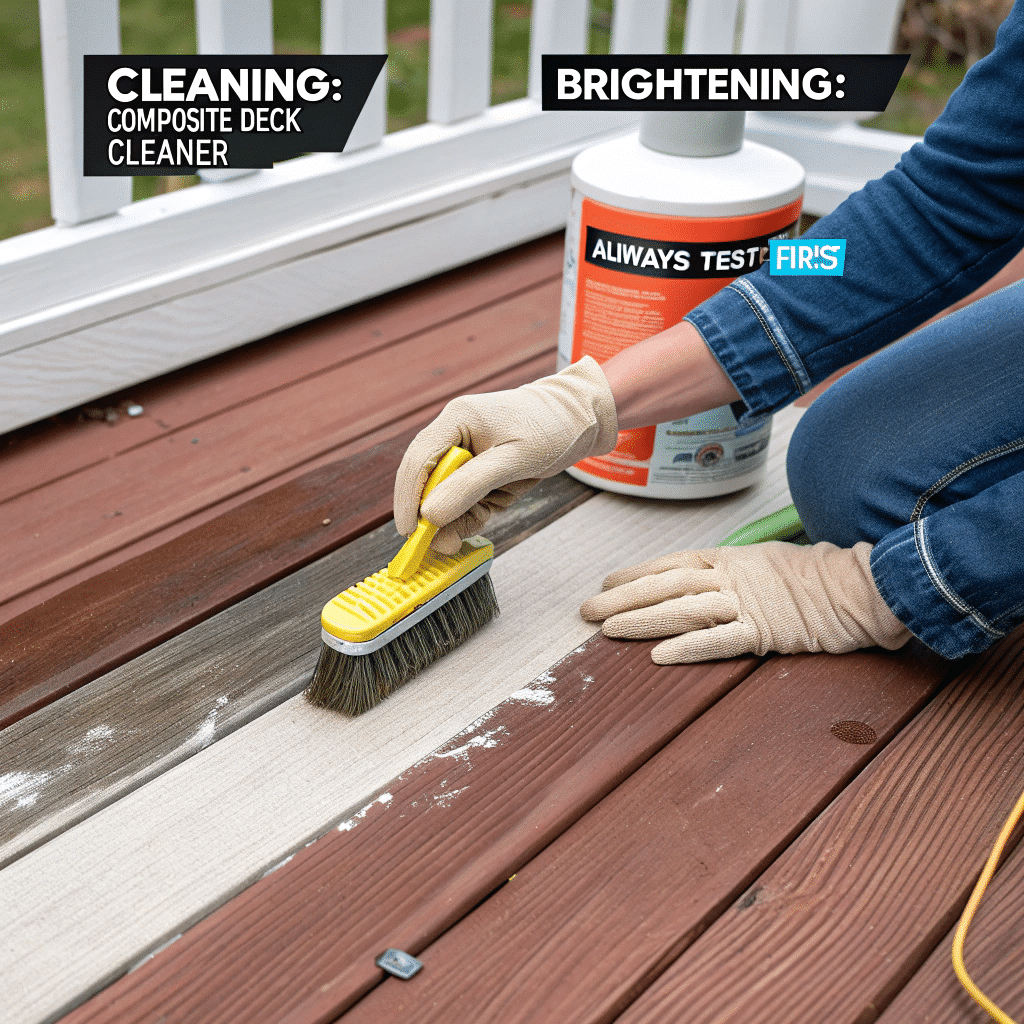
DIY Steps:
- Thorough Cleaning: Start with a good cleaning using a composite deck cleaner and a soft-bristle brush. This alone can sometimes make a significant difference.
- Deck Brightener: If cleaning isn’t enough, try a deck brightener. These products contain mild acids that can help remove oxidized material and restore some of the original color. Always test in an inconspicuous area first.
- Composite Deck Revitalizer[^2]: These products are specifically designed to add color and protect faded composite decking. They’re not a stain, but they can help enhance the appearance. Again, test in a small area first.
Professional Restoration:
For severely faded or damaged decks, professional restoration might be the best option. Professionals have access to specialized equipment and products that can achieve more dramatic results. They can also assess the overall condition of the deck and recommend the best course of action.
DIY Tool & Video
Here are the recommended DIY Tools
| Tool | Usage |
|---|---|
| Composite Deck Cleaner | For general cleaning and removing dirt/grime. |
| Soft-Bristle Brush | For scrubbing the deck without damaging it. |
| Deck Brightener | To remove oxidation and restore some color. |
| Composite Deck Revitalizer | To add color and protect the deck. |
| Garden Hose with Nozzle | For rinsing the deck. |
Choosing Fade-Resistant Composite Decking
How can your clients make the right choice from the start? They want to avoid making a costly mistake. Empower them with the right questions to ask.
To choose the most fade-resistant composite decking, ask about the type of decking (capped vs. uncapped), UV inhibitors[^3], warranty coverage, color stability testing, and the manufacturer’s reputation.
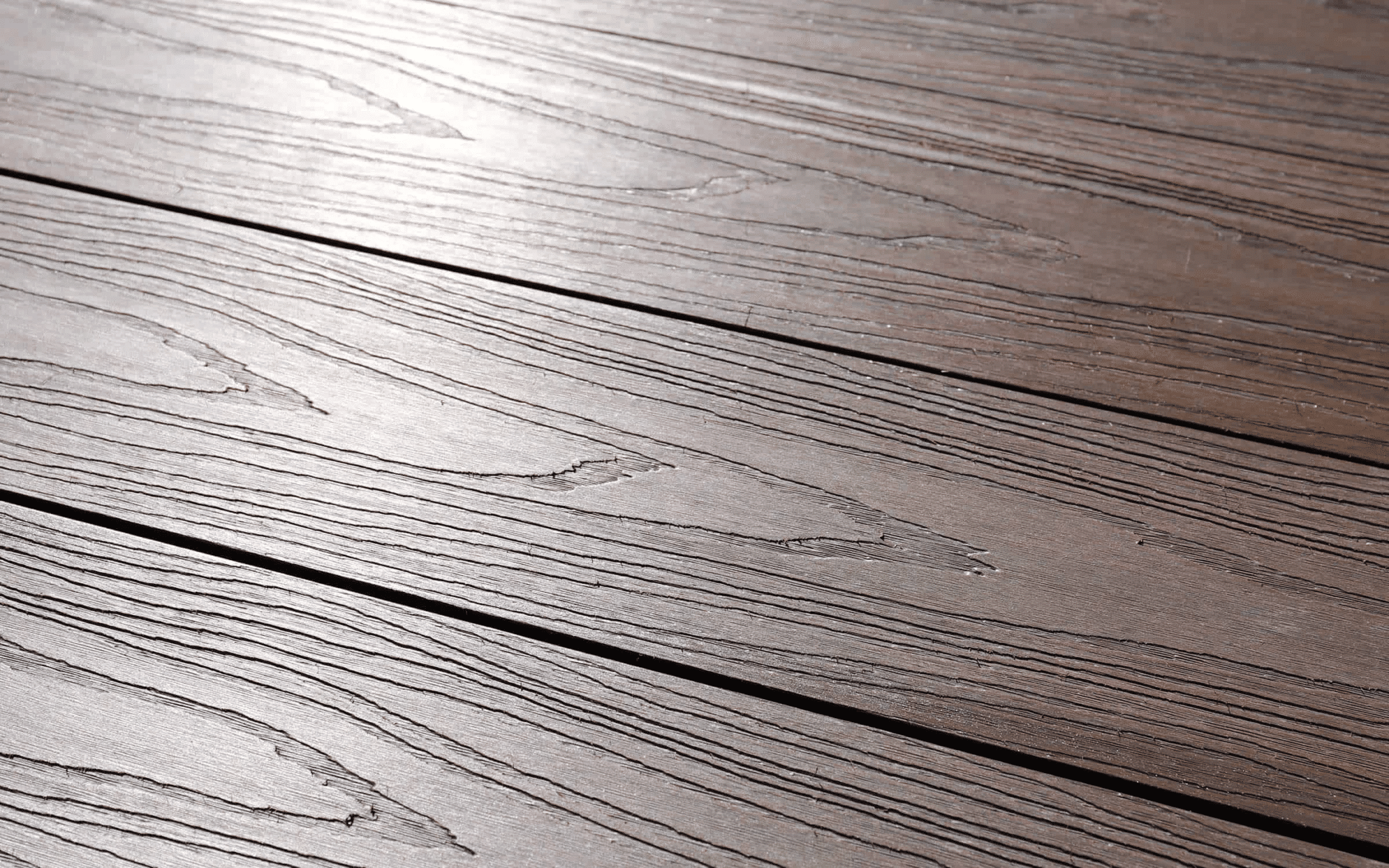
5 Must-Ask Questions for Fade Resistance
- Is it capped or uncapped composite decking? Capped decking offers significantly better fade resistance.
- What type of UV inhibitors are used, and how are they incorporated? Look for specific information about the type and concentration of UV inhibitors.
- What is the warranty against fading, and what are the terms and conditions? A longer warranty generally indicates greater confidence in the product’s fade resistance.
- Has the decking undergone accelerated weathering testing? If so, what were the results? Ask to see the test results, which should show the degree of color change after a specified period of simulated UV exposure.
- What is the manufacturer’s reputation and track record? Research the company’s history and read reviews from other customers.
Ecoxplank’s Anti-Fade Technology
Ecoxplank understands your concerns about deck fading. Backed by 30 years of experience, our composite decking utilizes truly cutting-edge UV-inhibiting technology and a protective capping layer to keep your outdoor space looking brand new. We offer a 20-year fade and stain warranty, providing peace of mind for you and your clients. Choose Ecoxplank, and choose worry-free, lasting beauty.
Request Free Sample
The best way to evaluate fade resistance is to see and feel the product yourself. Request a free sample of our Ecoxplank decking and compare it to other options.
FAQ
Will WPC decking fade in the sun?
Yes, all composite decking will fade to some extent in the sun, but high-quality, capped composite decking fades much less than uncapped or lower-quality options.
How long does it take for composite decking to fade?
Uncapped composite decking can show noticeable fading within the first 3-6 months due to extractive bleeding. Capped decking fades much more slowly, with minimal change over many years.
Which decking colour is least likely to fade?
Mid-tone colors generally offer the best balance. Lighter colors may show more initial fading, while very dark colors can absorb more heat.
How Does Composite Fading Compare to Wood/PVC?
High-quality composite decking fades much less than traditional wood, which requires frequent staining or painting. PVC decking can also fade, and the degree of fading depends on the quality of the product.
Does fading affect the structural strength of composite decking?
No, fading is primarily a cosmetic issue and does not affect the structural integrity of the deck.
How to choose the most fade-resistant composite decking?
Choose capped composite decking with a strong fade and stain warranty, and ask about the UV inhibitors used.
What are the best ways to protect composite decking from UV rays?
Use shade structures, choose high-quality decking, and consider UV-protective coatings (if recommended by the manufacturer).
Can faded composite decking be restored?
Yes, faded composite decking can often be improved through cleaning, deck brighteners, and composite deck revitalizers. Professional restoration is also an option.
Contact Us to Get Anti-fading Solution or Free Samples.
We’re here to help you choose the perfect decking for your project. Contact us today for personalized advice, custom solutions, or to request free samples.
Conclusion
While some fading is inevitable, understanding the factors that contribute to it and choosing the right product can make all the difference. With high-quality composite decking and proper care, your clients can enjoy a beautiful and vibrant outdoor space for years to come.
[^1]: Learn about the impact of UV rays on your decking to make informed choices for longevity and appearance.
[^2]: Learn how a composite deck revitalizer can restore your faded deck's color and protect it, enhancing its overall look and lifespan.
[^3]: Understanding UV inhibitors is crucial for selecting durable decking; this resource will explain their importance and effectiveness.
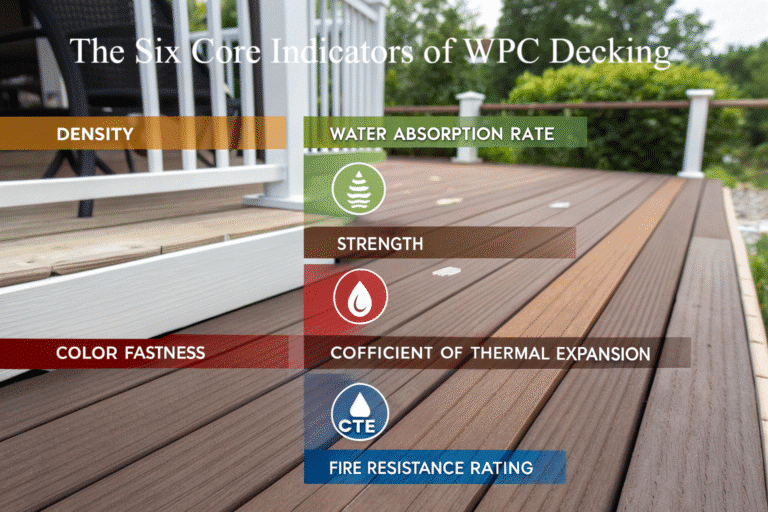
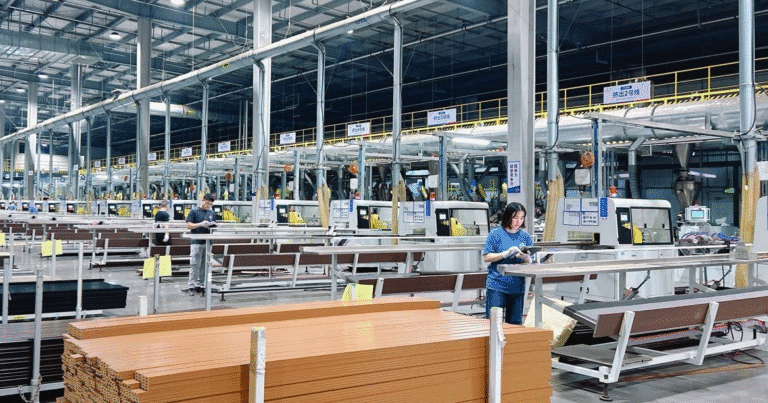
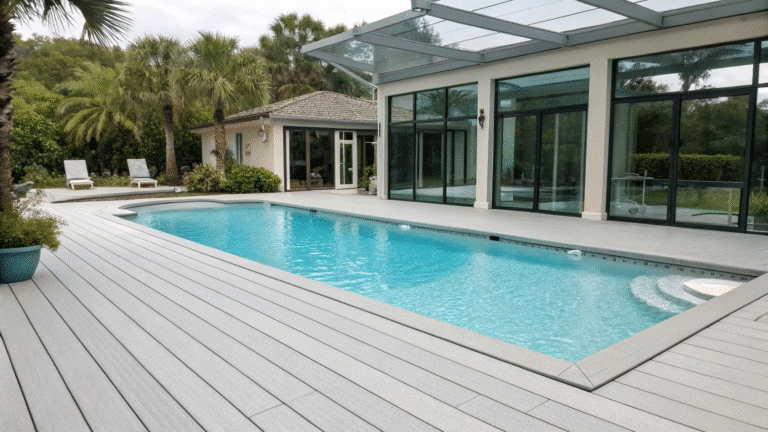
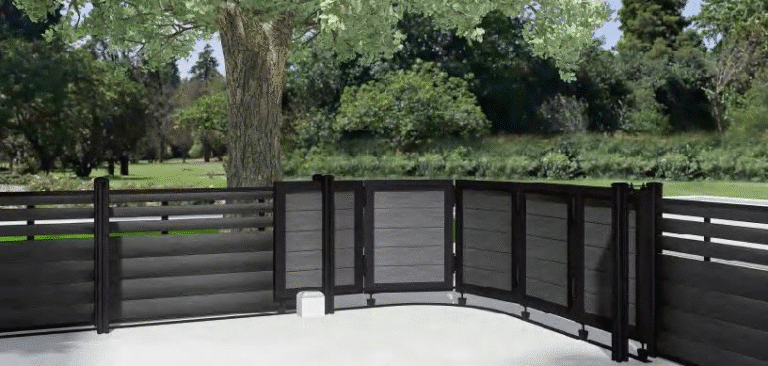
One thought on “Does Composite Decking Fade Over Time? A Complete Guide for Builders and Designers”
Mxlobocasino, hecho para nosotros los mexicanos. Encuentra promociones y juegos pensados para ti. ¡Vamos a ganar! Descubre mxlobocasino.